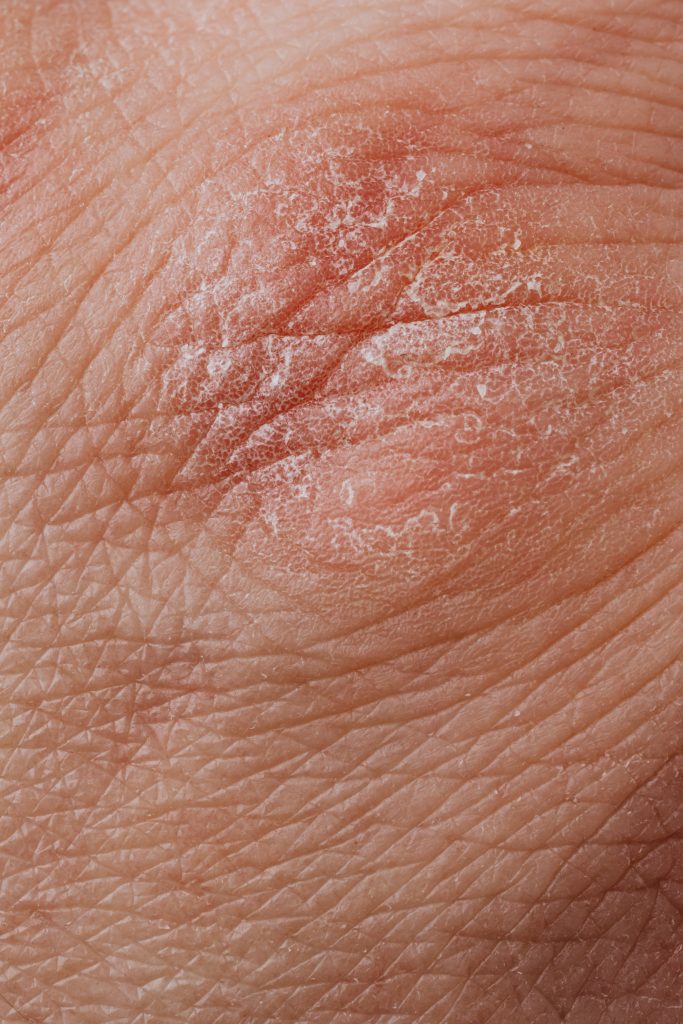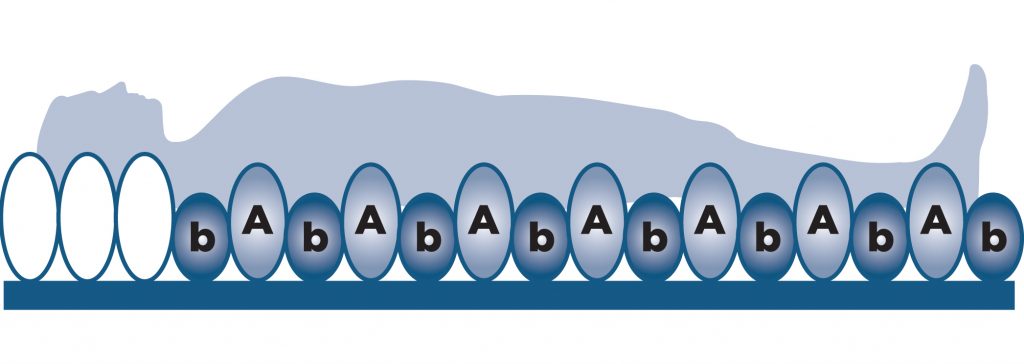Make an Appoinment
Deep Venous Thrombosis or DVT
Bedsores | Decubitus Ulcers
LIPEDEMA | Causes, Symptoms And Treatment | RUFADDAS MEDICAL
Bedsores. Decubitus ulcers. Pressure injuries/sores – whatever you choose to call it – can be a serious problem, especially among older adults who are frail. As most frail older adults are won over by the cantankerous disease. As it is already, roughly 60,000 people die from complications from bed sore related issues. For something that develops over hours or days, the mortality rate is rather too high. When all that is needed to do initially, is to simply switch position.

Bedsores are ulcers that happen on areas of the skin that are under pressure as a result of not being able to change positions while confined to a bed or wheelchair. It is an area of the skin that breaks down when something keeps rubbing or pressing against the skin. Most sores heal with treatment, but some never heal completely. You can take steps to help prevent bedsores and help them heal.
For people who are confined in bed, pressure injuries often occurs in these areas:
The back or sides of the head
The shoulder blades
The hip, lower back or tailbone
The heels, ankles and skin behind the knees
For those who use wheelchairs, sores may happen in these areas:
Tailbone or buttocks
Shoulder blades and spine
Backs of arms and legs where they rest against the chair
When you notice these warning signs of a decubitus ulcer, just change your position to relieve the pressure in any of those areas. If there are no improvements within 24 to 48 hours, you need to call the attention of your doctor.
As the sore digs deeper below the surface of the skin, it advances in stages. These stages are categorized by the depth and severity of the injuries, and other features. The stage 4 bedsore is the last and most serious stage which often leads to death if proper treatment is not administered.
Stage 1
Tender areas
Pain or uneasiness in affected area(s)
An area of skin that feels cooler or warmer to the touch than other areas
Unusual changes in skin colour or texture.
There will be no tears or breaks in the skin.
If you press on it with your finger, it won’t change colour as healthy skin does.
Stage 2
Swelling
Pus-like draining
Broken skin or ulcer, and the area will be painful.
Sometimes, the injury will appear to be a blister that is filled with fluid.
Stage 3
Injury continues to move under the skin and can create a crater.
You might see fat but not bone or muscle tissue.
Stage4
Little to no pain as a result of serious tissue damage.
Now this sore may now go all the way into the bone and muscle tissue as well as joints and tendons.
Risk Factors
Poor mobility/immobility
This is the biggest risk factor to bedsores. When a person is unable to move or change positions while sitting or lying in bed from time to time. Patients who are on admission at hospitals and clinics and people who are on wheelchairs are prone to having bedsores.
Poor nutrition
Although there are few studies to support this idea, it is widely accepted (based on anecdotal evidence) that patients who are compromised nutritionally are at higher risk for the development of pressure ulcers; for this reason, patients with poor nutritional status may benefit from a dietary consult. People need enough fluids, calories, protein, vitamins and minerals in their daily diets to maintain healthy skin and prevent the breakdown of tissues.
Compromised blood flow
Health problems that can affect blood flow, such as diabetes and vascular disease, can increase the risk of tissue damage such as bedsores.
Neuropathy sensation: Spinal cord injuries, neurological disorders and other conditions can result in a loss of sensation. An inability to feel pain or discomfort can result in not being aware of warning signs and the need to change position.
Age
Bedsore often affects older adults with limited mobility. Most older adults are overcome by the complications from bedsore-related issues.
Mental status
People who suffer from dementia are prone to complications from bedsores as they will most likely not remember to pay attention to the injuries.
Incontinence
Skin becomes more vulnerable with extended exposure to urine and stool.
Bedsores are not something to be ignored. Professional caregivers can also check for bedsores and change someone’s position regularly if they are bedridden.
With early detection, you can stop a bedsore before it becomes a serious issue. In stage 1 all it takes is moving to a new position and the sore is usually gone in a couple of days. If you wait, however, you can be looking at a serious or terminal issue.
Interestingly, there are pressure relief mattresses that are designed to increase comfort for an individual suffering from pressure sores.

The mattresses provide high levels of support for the head and body to relieve any mounting stress on pressure points. They will minimize pressure points and provide a larger area of support to avoid overstressing small areas.
There’s no single best mattress for everyone.
Things like individual height, weight, age, body temperature, and preferred sleeping position all play a role in what mattress comfort means to you. Still, the best mattresses for pressure points offer sound support to your body and help you maintain good posture, even when you’re lying down.
Alerta Medical has a wide range of replacement alternating pressure relieving mattress systems that is Alerta is a replacement alternating pressure relieving mattress system for effective prevention and treatment of patients at high risk of developing a pressure ulcer in hospitals, nursing homes and care home environments. It has 5″ air cells and a self-inflating 2″ sealed foam base creating an in-use height of 7″ with straighforward settings and functionality, you can quickly set up the Alerta mattress system and have it operating at optimal pressure for a specific user with ease.

The wide range of features makes the Alerta pressure relief mattress system a highly versatile and cost effective solution which has been manufactured to comply with the most stringent quality and in-use guidelines.
Key features of a typical Alerta Pressure Relief Mattress
- Nylon TPU coated cells
- Independently removable cells
- Covert sealed air cells
- Micro-perforated cells
- Branded cells
- Pillow function
- CPR release
- 360 degree zipper
- Anchoring straps
- Zipped storage bag
- Multi-stretch PU cover
- Water resistant, vapour permeable cover
- Antimicrobial, machine washable cover
- Robust pump connection
- Transport mode
- Remote control
Shop for all pressure relief alternating mattresses at affordable prices here at Rufaddas Nigeria Limited, the home of quality medical equipment. We deliver nationwide | Order Online. Our store locations are Lagos and Ibadan, Nigeria. And yes, we deliver nationwide.
For Enquiries:
Kindly Call
Adelola +234 816 561 9521
Sunday +234 806 034 7394
Was this article helpful?
Visit Us
Suite 41, Aderonke Plaza, 20 Olowu St, Ikeja
rufaddasngltd@gmail.com
WhatsApp us